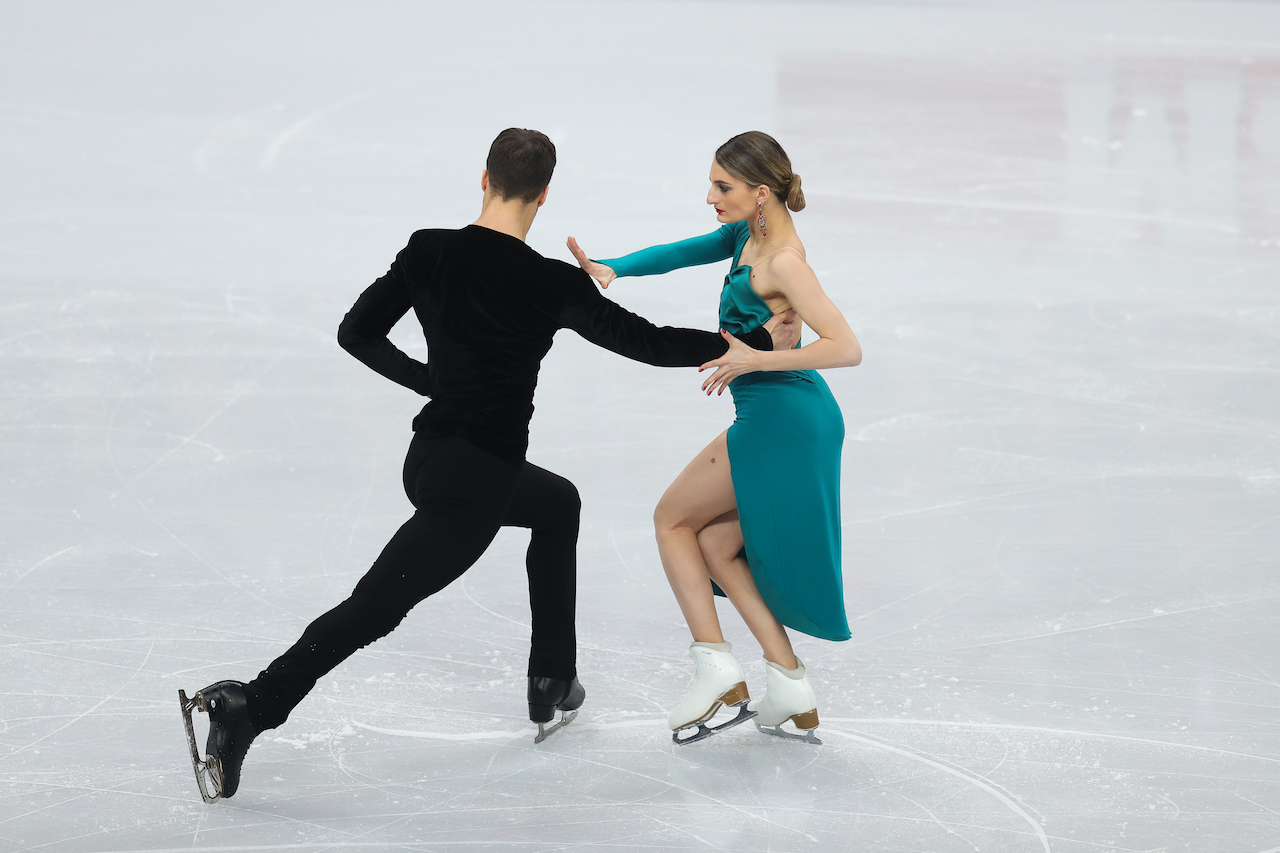#What is entanglement in quantum physics? We’ll explain in 5 minutes

Table of Contents
“#What is entanglement in quantum physics? We’ll explain in 5 minutes”
Einstein called entanglement “spooky action at a distance,” a name that has stuck and become increasingly popular. Beyond just building better quantum computers, understanding and harnessing entanglement is also useful in other ways.
For example, it can be used to make more accurate measurements of gravitational waves, and to better understand the properties of exotic materials. It also subtly shows up in other places: I have been studying how atoms bumping into each other become entangled, to understand how this affects the accuracy of atomic clocks.
But what is entanglement? Is there some way to understand this “spooky” phenomenon? I will try to explain it by bringing together two notions from physics: conservation laws and quantum superpositions.
Conservation laws
Conservation laws are some of the deepest and most pervasive concepts in all of physics. The law of conservation of energy states that the total amount of energy in an isolated system remains fixed (although it can be converted from electrical energy to mechanical energy to heat, and so on). This law underlies the workings of all of our machines, whether they are steam engines or electric cars. Conservation laws are a kind of accounting statement: you can exchange bits of energy around, but the total amount has to stay the same.
Conservation of momentum (momentum being mass times velocity) is the reason why, when two ice skaters with different masses push off from each other, the lighter one moves away faster than the heavier. This law also underlies the famous dictum that “every action has an equal and opposite reaction.” Conservation of angular momentum is why — going back to ice skaters again — a whirling figure skater can spin faster by drawing her arms closer to her body.

These conservation laws have been experimentally verified to work across an extraordinary range of scales in the universe, from black holes in distant galaxies all the way down to the tiniest spinning electrons.
Quantum addition
Picture yourself on a nice hike through the woods. You come to a fork in the trail, but you find yourself struggling to decide whether to go left or right. The path to the left looks dark and gloomy but is reputed to lead to some nice views, while the one to the right looks sunny but steep. You finally decide to go right, wistfully wondering about the road not taken. In a quantum world, you could have chosen both.
For systems described by quantum mechanics (that is, things that are sufficiently well isolated from heat and external disturbances), the rules are more interesting. Like a spinning top, an electron for example can be in a state where it spins clockwise, or in another state where it spins anticlockwise. Unlike a spinning top though, it can also be in a state that is [clockwise spinning] + [anticlockwise spinning].
The states of quantum systems can be added together and subtracted from each other. Mathematically, the rules for combining quantum states can be described in the same way as the rules for adding and subtracting vectors. The word for such a combination of quantum states is a superposition. This is really what is behind strange quantum effects that you may have heard about, such as the double-slit experiment, or particle-wave duality.
Say you decide to force an electron in the [clockwise spinning] + [anticlockwise spinning] superposition state to yield a definite answer. Then the electron randomly ends up either in the [clockwise spinning] state or in the [anticlockwise spinning] state. The odds of one outcome versus the other are easy to calculate (with a good physics book at hand). The intrinsic randomness of this process may bother you if your worldview requires the universe to behave in a completely predictable way, but … c’est la (experimentally tested) vie.
Conservation laws and quantum mechanics
Let’s put these two ideas together now, and apply the law of conservation of energy to a pair of quantum particles.
Imagine a pair of quantum particles (say atoms) that start off with a total of 100 units of energy. You and your friend separate the pair, taking one each. You find that yours has 40 units of energy. Using the law of conservation of energy, you deduce that the one your friend has must have 60 units of energy. As soon as you know the energy of your atom, you immediately also know the energy of your friend’s atom. You would know this even if your friend never revealed any information to you. And you would know this even if your friend was off on the other side of the galaxy at the time you measured the energy of your atom. Nothing spooky about it (once you realize this is just correlation, not causation).
But the quantum states of a pair of atoms can be more interesting. The energy of the pair can be partitioned in many possible ways (consistent with energy conservation, of course). The combined state of the pair of atoms can be in a superposition, for example:
[your atom: 60 units; friend’s atom: 40 units] + [your atom: 70 units; friend’s atom: 30 units].
This is an entangled state of the two atoms. Neither your atom, nor your friend’s, has a definite energy in this superposition. Nevertheless, the properties of the two atoms are correlated because of conservation of energy: their energies always add up to 100 units.
For example, if you measure your atom and find it in a state with 70 units of energy, you can be certain that your friend’s atom has 30 units of energy. You would know this even if your friend never revealed any information to you. And thanks to energy conservation, you would know this even if your friend was off on the other side of the galaxy.
Nothing spooky about it.![]()
This article by Amar Vutha, Assistant Professor of Physics, University of Toronto is republished from The Conversation under a Creative Commons license. Read the original article.
If you liked the article, do not forget to share it with your friends. Follow us on Google News too, click on the star and choose us from your favorites.
For forums sites go to Forum.BuradaBiliyorum.Com
If you want to read more like this article, you can visit our Technology category.




